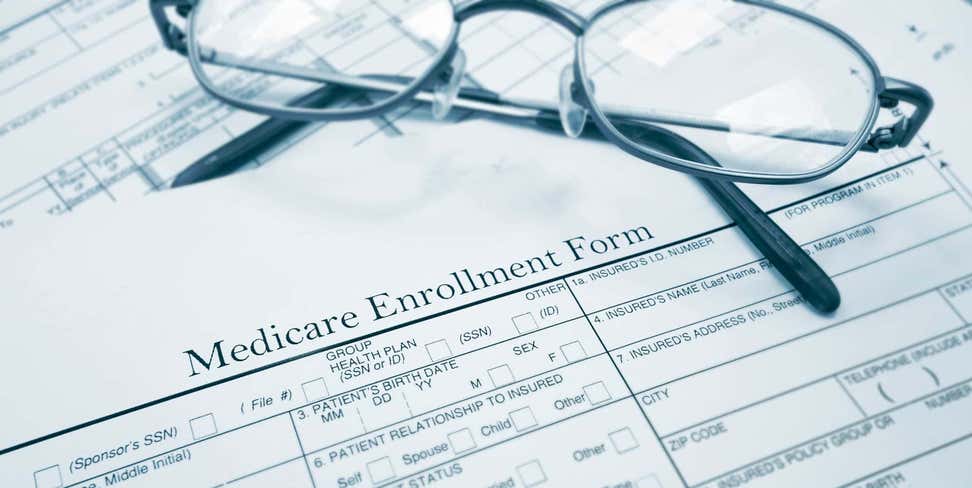Key Takeaways
Nearly 3 million low-income older adults and persons with disabilities are eligible for but not enrolled in the Medicare Savings Programs (MSPs) and Part D Low-Income Subsidy (LIS)/Extra Help.
This brief estimates eligibility, enrollment, and take-up rates in MSPs and LIS among the age 65 and older non-institutionalized population for even years between 2008 and 2014.
Many older adults who have trouble affording prescription drugs and health care qualify for Medicare Savings Programs (MSPs), which help pay for Medicare premiums and cost sharing, and the Part D Low-Income Subsidy (LIS) program (also known as Extra Help), which helps pay for prescription drugs. Despite this help being available to qualified Medicare beneficiaries, there is a gap in the literature on the take-up rate in these programs.
This paper helps to fill that gap by estimating eligibility, enrollment, and take-up rates in MSPs and LIS among the age 65 and older non-institutionalized population for even years between 2008 and 2014. The estimates reveal that the take-up rate in MSPs was 63.4% in 2014.
The LIS enrollment rate is split between automatic enrollees—those who are automatically deemed to qualify based on their enrollment in MSPs, Medicaid, or the Supplemental Security Income (SSI)—and non-automatic enrollees. The LIS take-up rate among automatic enrollees was close to 100% (98.7% to be exact) in 2014, whereas the take-up rate was only 32.8% for non-automatic enrollees in 2014.
The results of this analysis reveal that significant numbers of older adults are eligible for, but not enrolled in MSPs and LIS. Understanding trends in enrollment and participation is important for tracking outreach and enrollment efforts. A range of policy solutions are also offered to improve access to these important Medicare low-income assistance programs.










